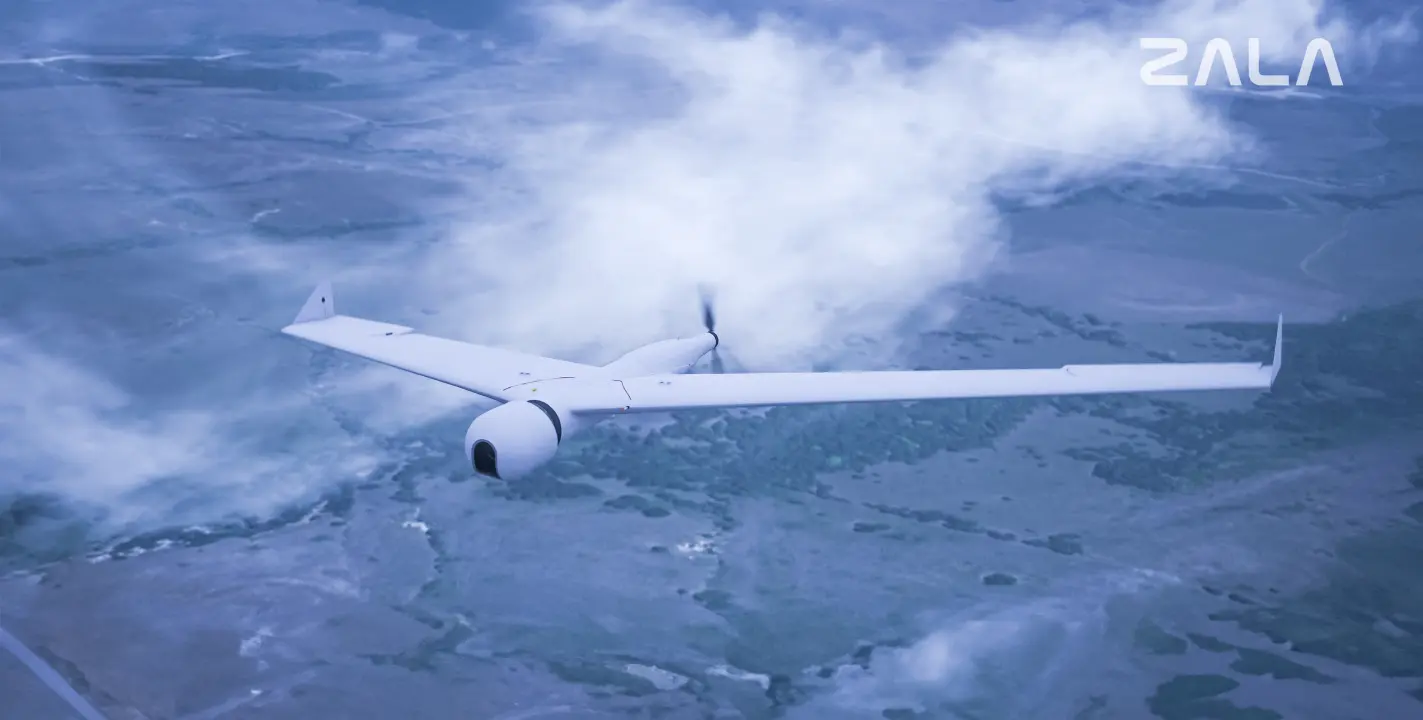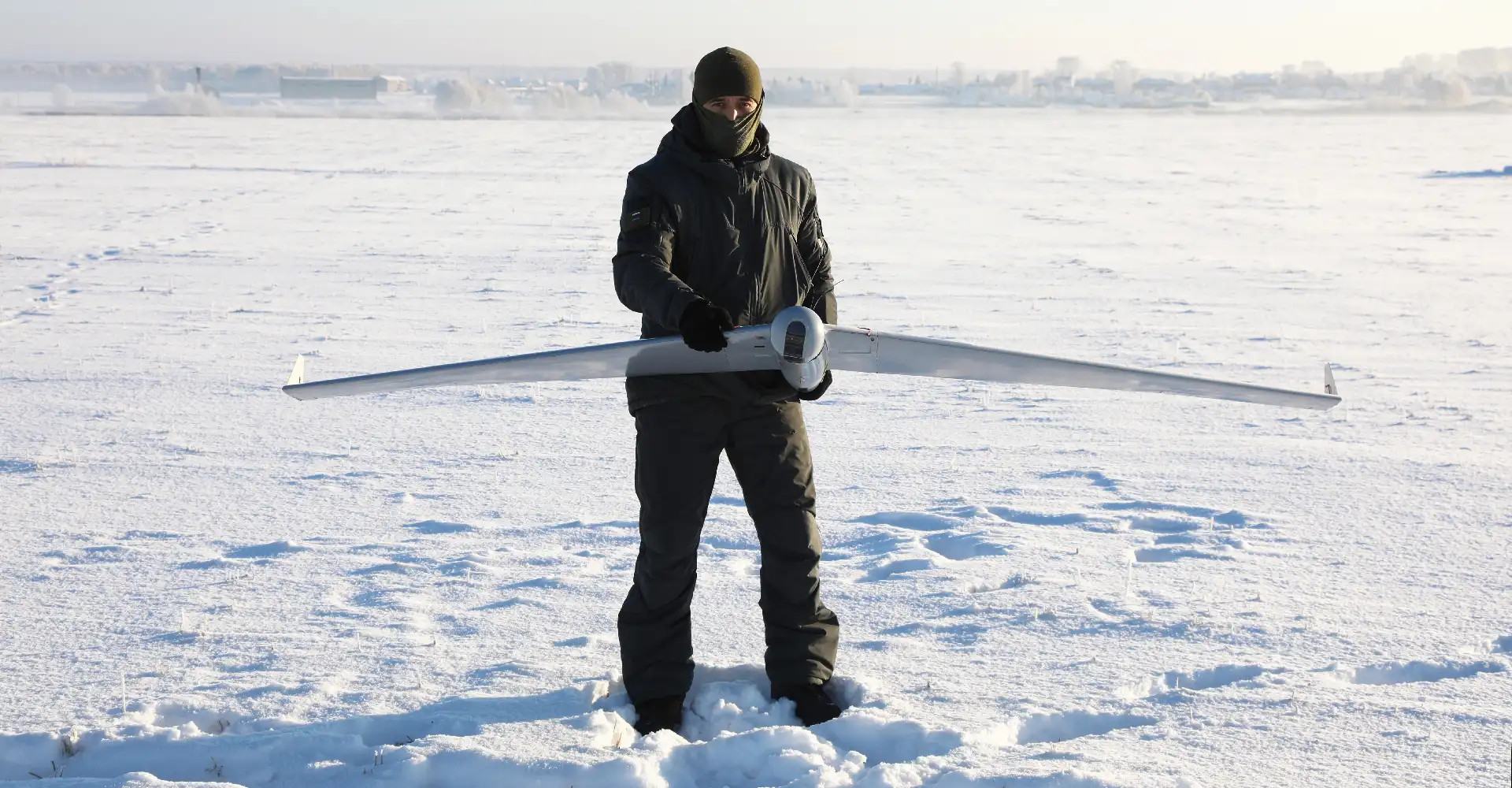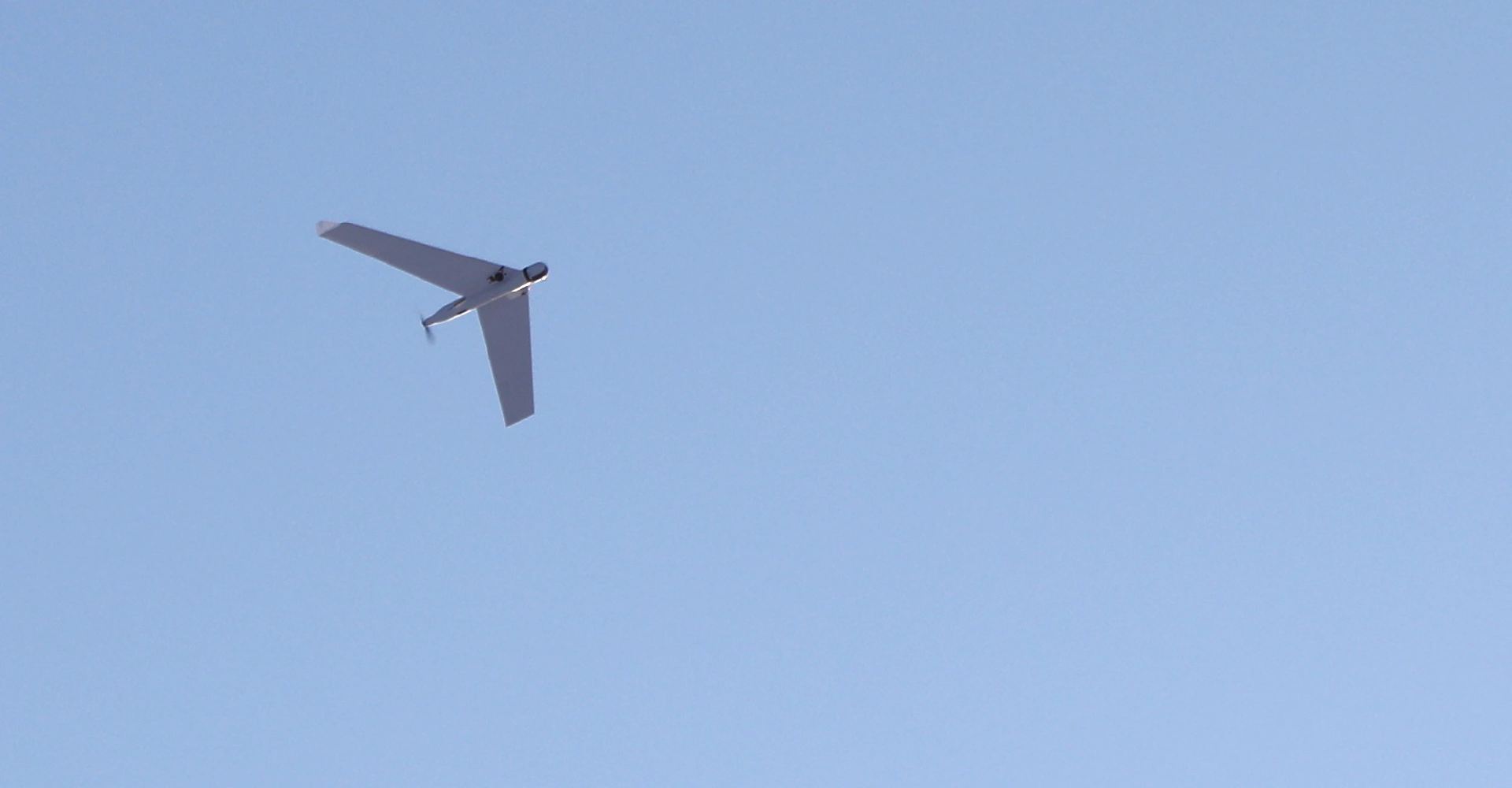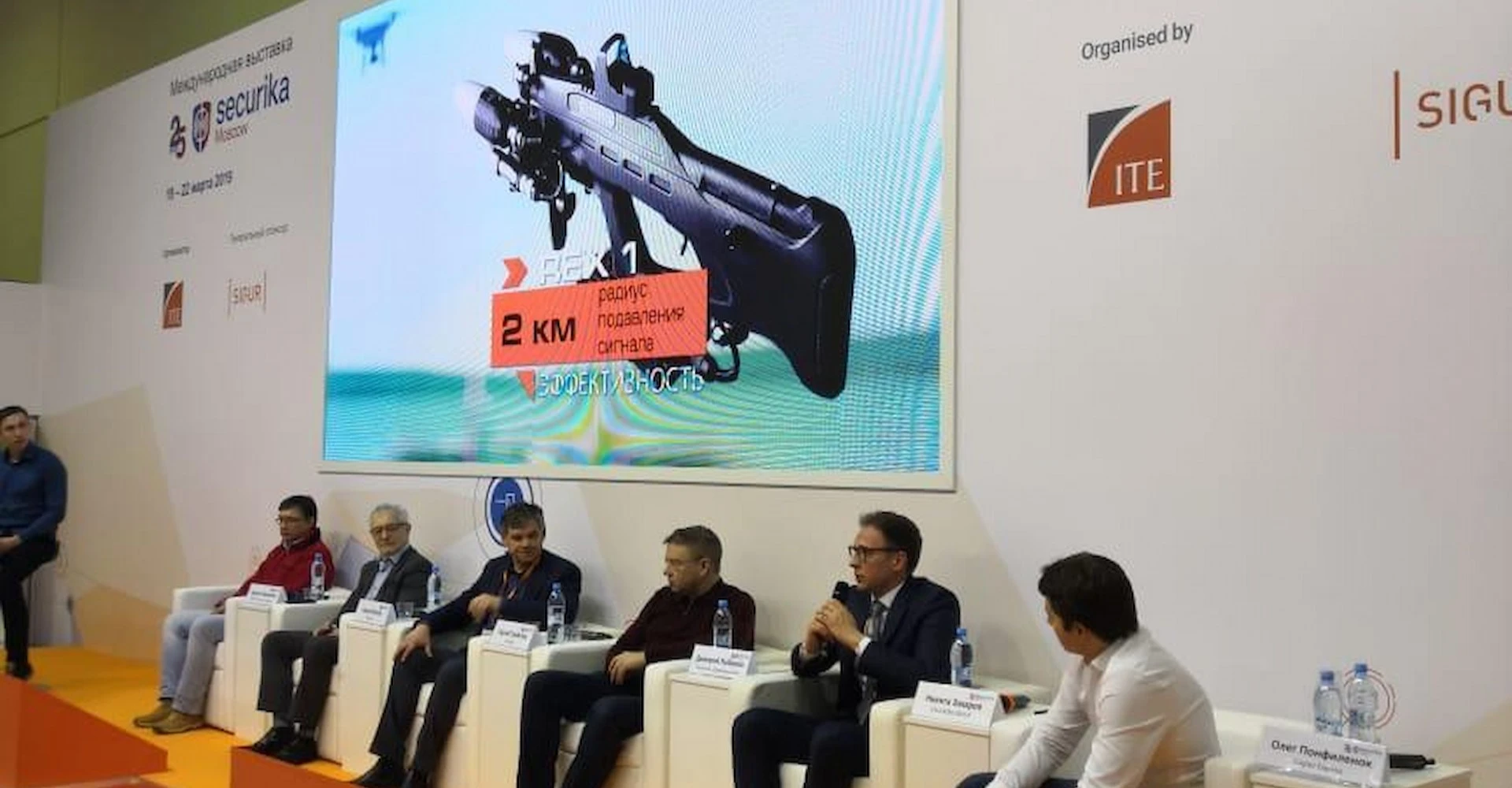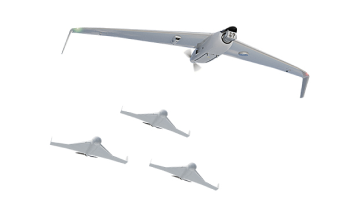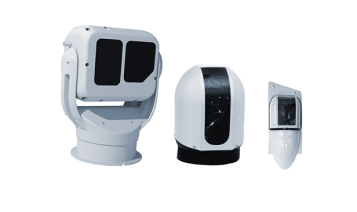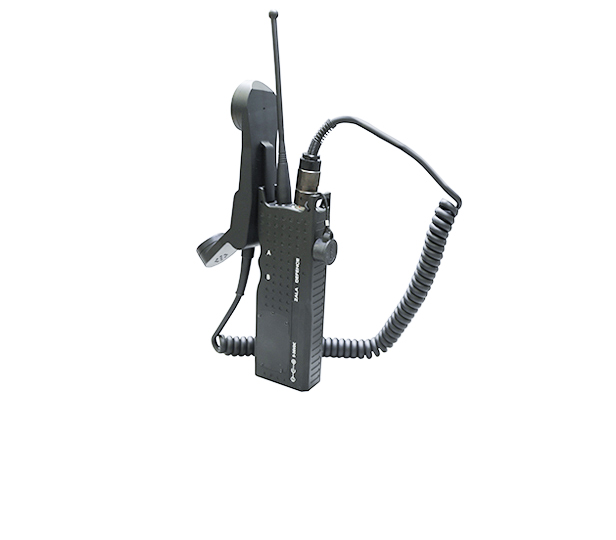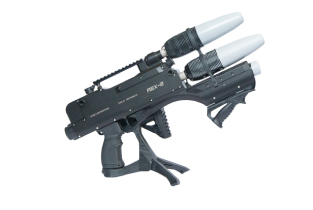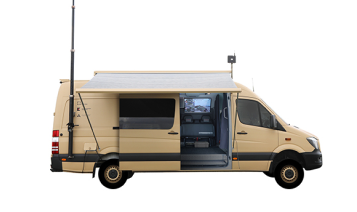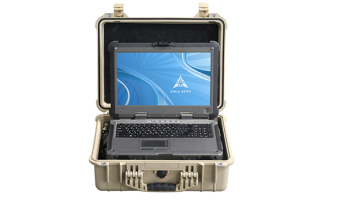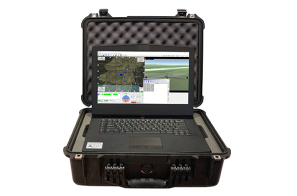ZALA AERO has developed an unmanned system for remote methane detection
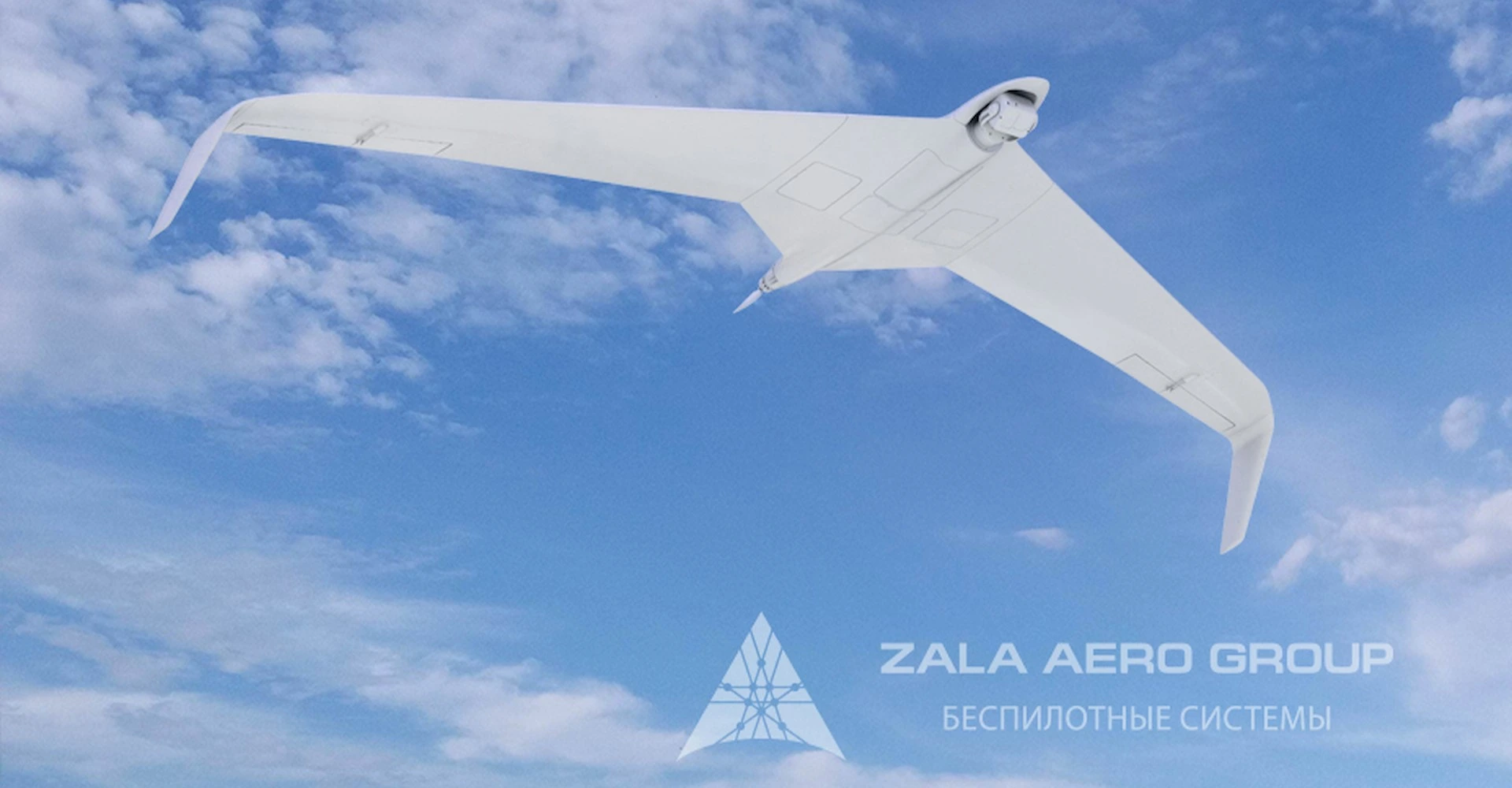
Reducing specific methane losses is the task of any gas transmission company. Increasing methane concentration in the atmosphere increases the greenhouse effect and provokes global climate change.
Currently, oil and gas companies use manned aviation and foot patrols to detect methane leaks, which is labour-intensive and costly. It is also worth considering that gas transmission infrastructure ages over time and requires increased frequency of inspection.
Therefore, oil and gas companies are looking for alternatives and as part of this task PJSC Gazprom together with ZALA AERO tested a new unmanned complex based on the ZALA 421-16E5 UAV.
Methane leaks were simulated at Gazprom transgaz Tchaikovsky's infrastructure facilities. The ZALA 421-16E5 aircraft with a gas analyser on board accurately determined the location and concentration of methane in the air from a height of 100 metres.
Based on the results of the tests, the commission found that the ZALA 421-16E5 unmanned system proved its efficiency and identified all sources of methane leaks. The experts noted that the use of the unmanned system simplifies and reduces the cost of methane leak detection and makes it possible to increase the frequency of infrastructure inspections.
Tests on remote methane detection were also carried out jointly with Gazprom transgaz Ufa and Gazprom transgaz Yekaterinburg.
